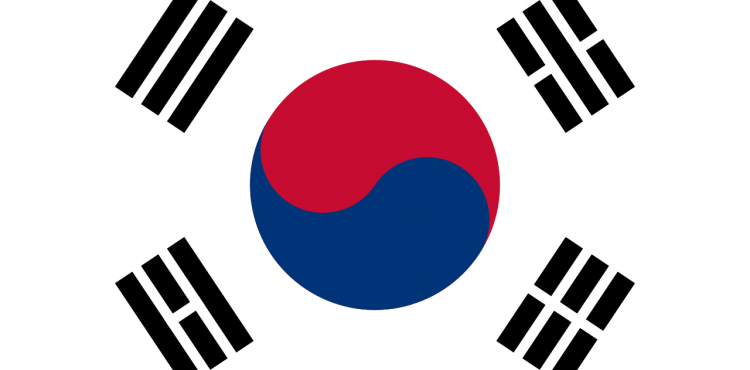
The EU-Korea free trade agreement, applied on a provisional basis since 1 July 2011 and officially coming into force on 13 December 2015, is the first agreement negotiated and concluded by the European Union with an Asian country. It is the first "second generation" agreement, i.e. the first to address non-traditionally commercial issues such as services, public procurement, protection of intellectual property or sustainable development.
The Fifteenth World Economy and the fourth largest economy in Asia (after Japan, China and India), South Korea is a country in constant expansion that has recorded a growth rate of around 3% per year in the last five years. As a country with no mineral and energy resources, South Korea has invested a substantial part of its GDP in research and development (an average of over 4%, the highest figure among OECD countries).
As shown by the data provided by the European Commission, European companies export goods on average each year for a value of around 50 billion euros. Italy has a positive trade balance: in 2017, Italy exported products for 4.3 billion euro against 3.4 billion imports from Korea.
Consisting of 15 chapters (plus annexes), the agreement between the European Union and South Korea sets ambitious objectives such as the liberalization of the exchange of goods and services and the public procurement market. Below, the main elements of the agreement:
Market access: 70% of the duties were eliminated with the provisional entry into force in 2011. To date, 99% of duties have been abolished with almost total liberalization in all economic sectors. In the agricultural sector, only certain products such as rice have been excluded. In general, before the agreement, the Korean duties were three times higher than the corresponding European duties.
Customs procedures: the EU-Korea free trade agreement was the first to introduce the status of "approved exporter" which can be requested by the Community exporter at national level and which allows to benefit from customs exemptions through a simple self-certification of the origin of the goods.
Protection of geographical indications (GI): according to the provisions of the agreement, EU and Korea guarantee protection and protection to the respective geographical indications listed in the annexes. Thus, 165 European geographical indications and 63 South Koreans are protected. Among the Italian products - 16 agrifood products and 22 beverages - include balsamic vinegar of Modena, Prosciutto di Parma, Parmigiano Reggiano, Pecorino Romano, Chianti, Barolo and Grappa.
Public procurement: the free trade agreement commits the European Union and Korea to apply transparent and non-discriminatory rules and rules for the awarding of calls for tenders.Concessions for public works and construction, management and sale contracts (e.g. the construction of motorways) are liberalised. The Korean public procurement market is worth around 400 million euros.
